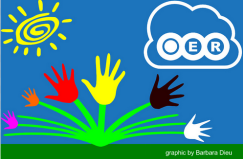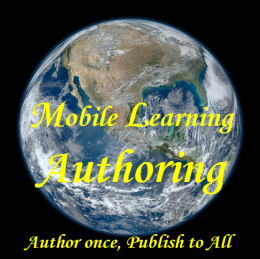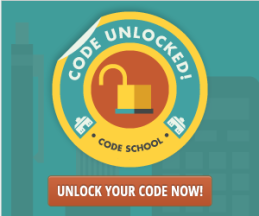Web2.0 technology has become pervasive and change our life for several years. So it’s necessary to use pedagogy 2.0 to facilitate active learning.
Why active learning? It is a time of unprecedented change: socially, economically, environmentally, informationally. The sage on the stage is antiquated and irrelevant.
Pedagogy 2.0
“Active learning is defined as the extent to which students are involved in experiences that involve actively constructing new knowledge and understanding. Engaging students in these forms of learning is at the heart of effective educational practice.” (ACER, 2011, p. 17)
“ There is a need to expand our vision of pedagogy so that learners become active participants and co-producers rather than passive consumers of content, and learning processes are participatory and social, supportive of personal life goals and needs.” …. “increasing the level of socialization and collaboration with experts, community, and peer groups ” …. “ fostering connections that are often global in reach” (McLoughlin, C., & Lee, M., 2008, pp 11, 17)
“Students who engaged in learning activities with their peers were more likely to participate in other effective educational practices and had more positive views of the campus learning environment. ” ( National Survey of Student Engagement, 2010, p. 9 )
Shifts are already underway in both learning of students and teachers. Participatory learning with the use of web2.0 tools enables learners to contribute in varied ways to achieve both individual and shared learning goals and promote peer-to-peer learning. Where the digital divide focuses on the unequal access to technologies, the “participation gap” is concerned with “the unequal access to the opportunities, experiences, skills, and knowledge that will prepare youth for full participation in the world of tomorrow” (Jenkins, Purushotma, Clinton, Weigel & Robison, 2006).
Strategies for generating active learning and engagement let students: (after Brown et. al. 2010, pp. 54-55).
- Become knowledge creators
- Produce work for a wider audience
- Employ both formal and informal learning
- Employ a variety of alternative venues of expression
- See that what they will learn will serve them elsewhere and is transferable to other contexts
- Develop a sense of a learning community
- Help steer the ship
Examples of Students as Creators
Mr. Avery’s Classroom Wiki is to host videos created by both the teacher himself and students, that will be used as tutorials for different topics that we’re learning about in class.
Mathtrain.TV is a free, educational “kids teaching kids” website from Mr. Marcos & his Students. It is part of the Mathtrain.com Project and was created to host their student-created math video, audio, podcast lessons all in one place. It is Web 2.0 friendly with its ability for users to generate “ratings” and “comments”.
Lee Kolbert, an elementary teacher in Florida challenged her students to make “Common Craft” style of video. Students were able to apply their knowledge to create excellent videos. Watch them here.
Two elementary teachers in Ottawa combine a class blog with podcasting to have students make meaning of current events. Check out this podcast on the Future Voter’s Pledge.
In “Crowdsourcing a Textbook Via a Wiki“ Allan Gyorke shared about how to have students collaborating to write a textbook wiki, also introduced a freeware Expertiza. Expertiza is to support student-generated content through peer review and teamwork.
(Your stories will be put here)
Starting from researching to curating information, students are learning how to learn and organize information independently. LiveBinder is a great curation tool. (3rd grader using LiveBinder to build textbooks) About doing research, “Surfing Internet and Learning Safely“ summarized good resources that can help leveraging the rich learning opportunity on internet safely in K12 education. And, How To Do Research game is from Kentucky Virtual Library.
Collaboration and cooperation have long been recognised as ingredients of effective pedagogy; wikis and collaborative writing and editing tools such as Writeboard, Google Docs and Spreadsheets are useful extensions to conventional writing approaches. Linked with this principle of collaborative production, there is the additional facility of sharing and publishing the artefacts produced as a result of the learning activity, and inviting feedback from peers (another form of scaffolding). (more collaboration tools here)
The focus is not about the technology, is about the participatory learning design with the aid from technologies. OERs are the perfect building blocks in the participatory learning process. Please read this briefing of 9 Case Studies about Using Open Educational Resources(#OER) to Foster Creativity from The European Journal of Open, Distance and E-Learning – EURODL, it’s proven that Open educational resources can be change agents leading to the release of creativity for organisations, for teachers and for learners.
Related article










Your thoughts?